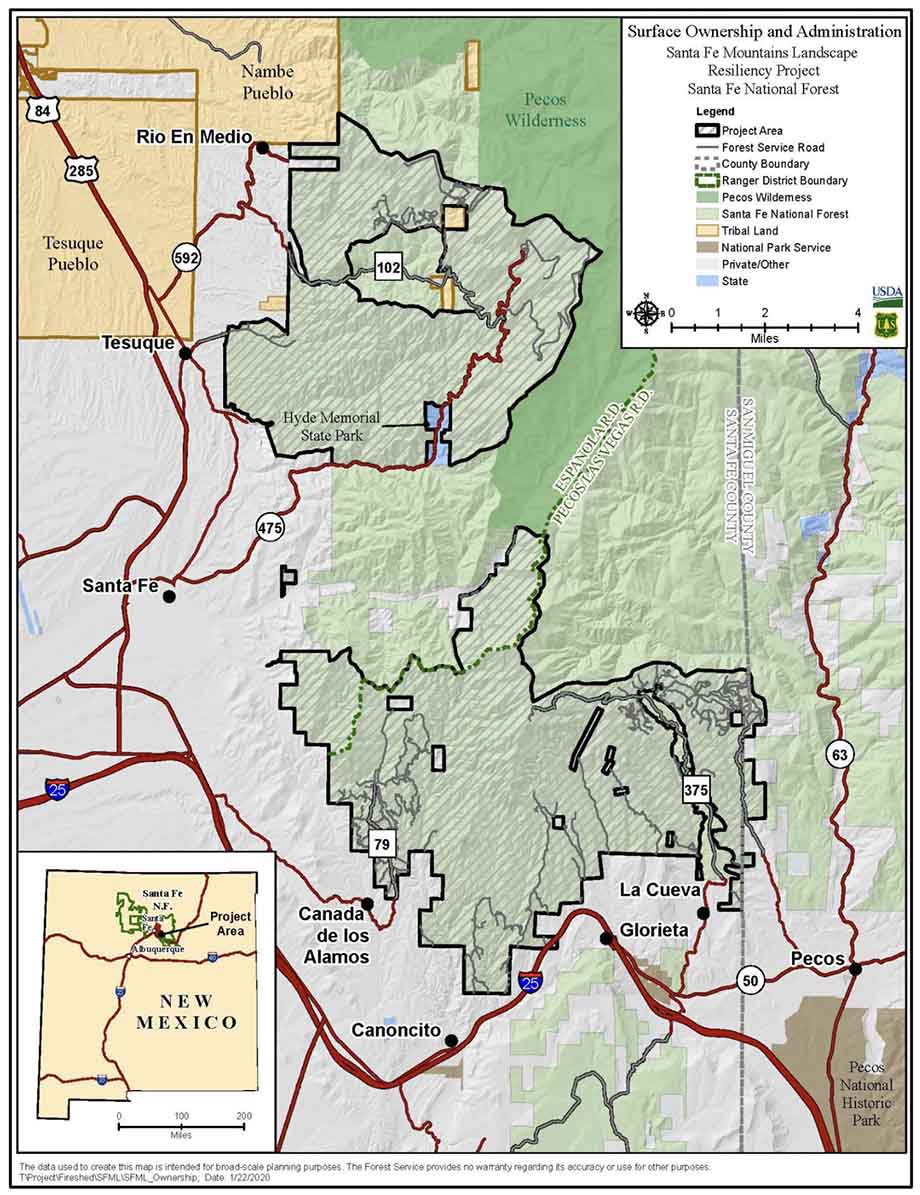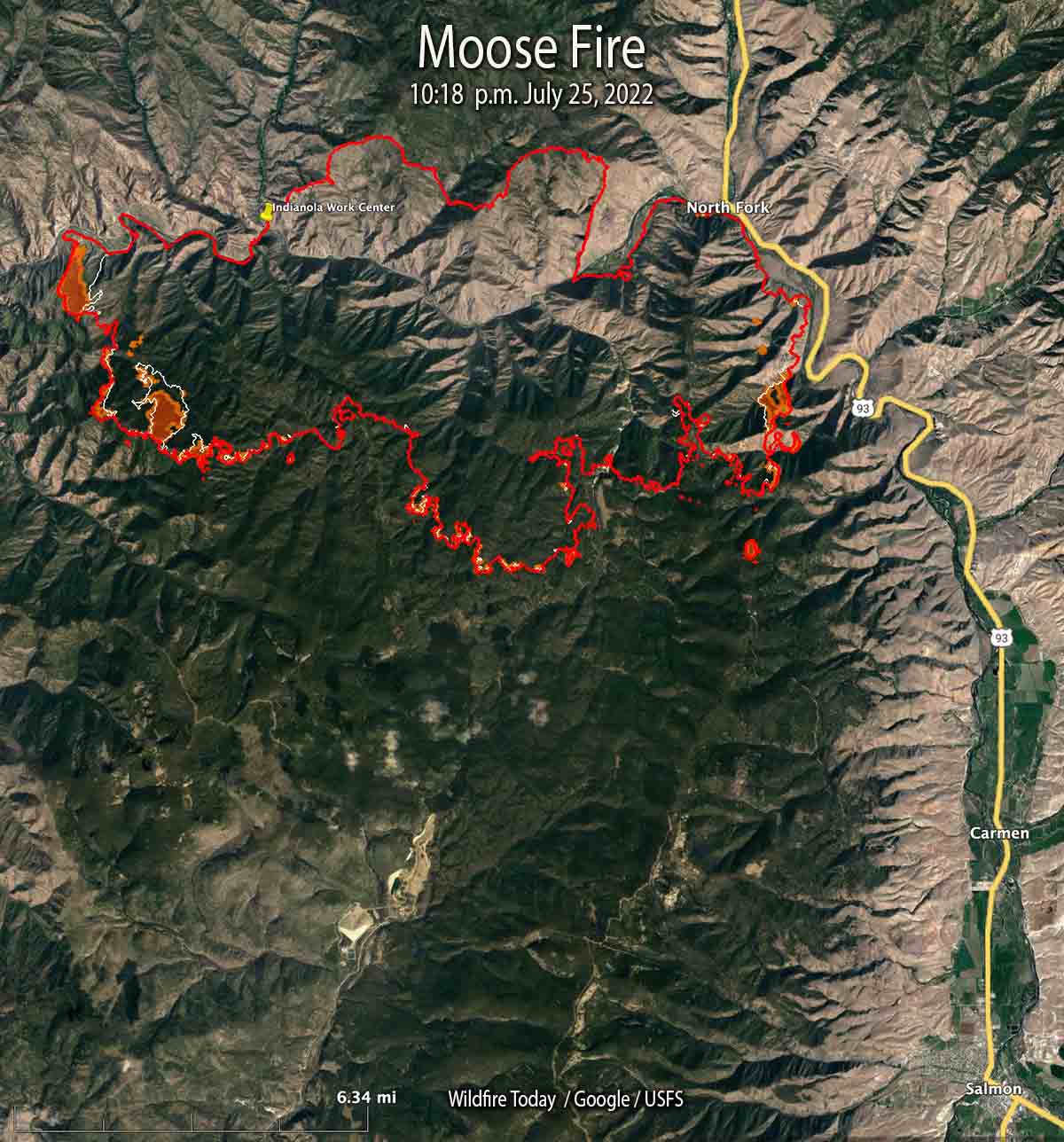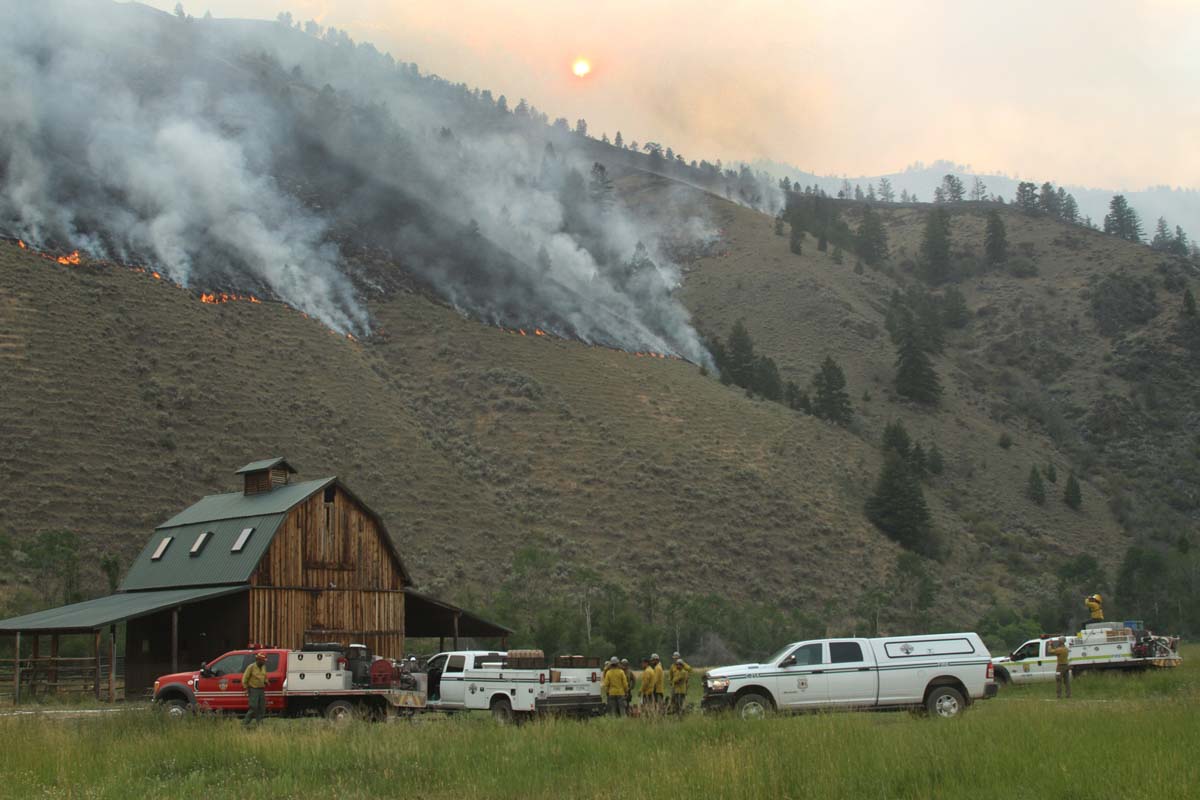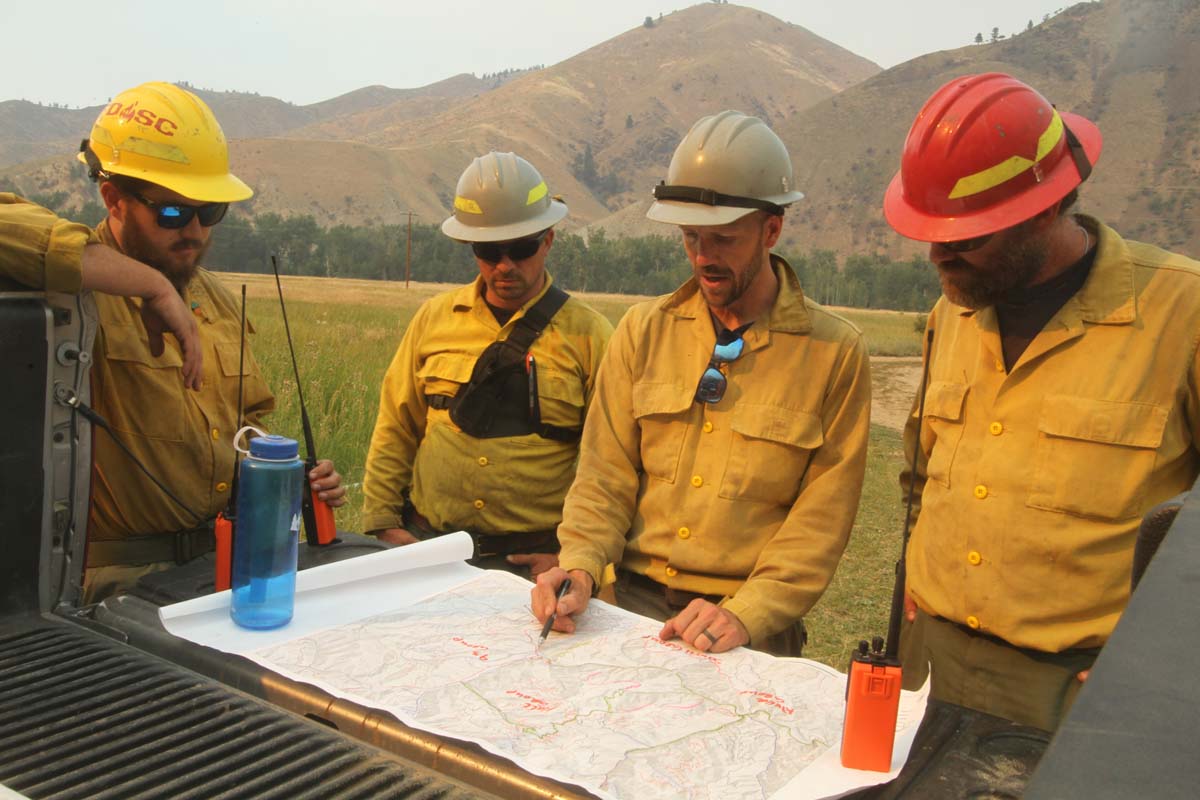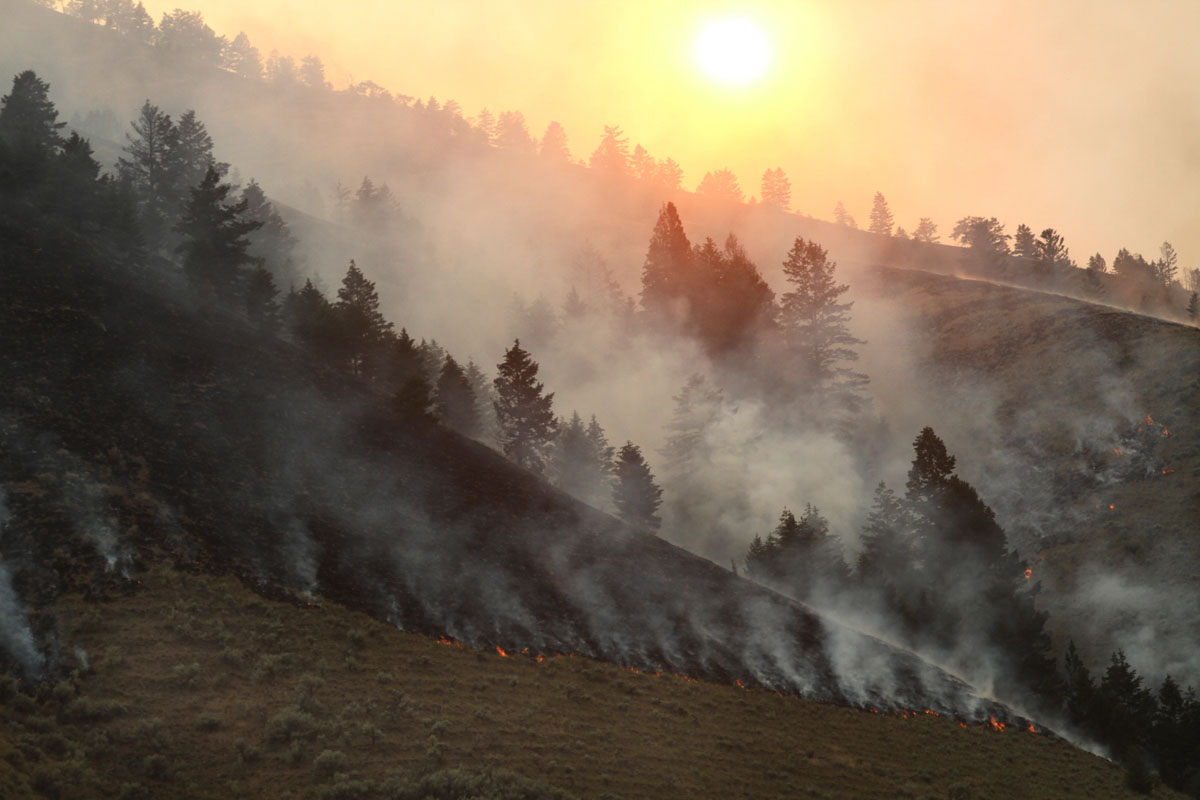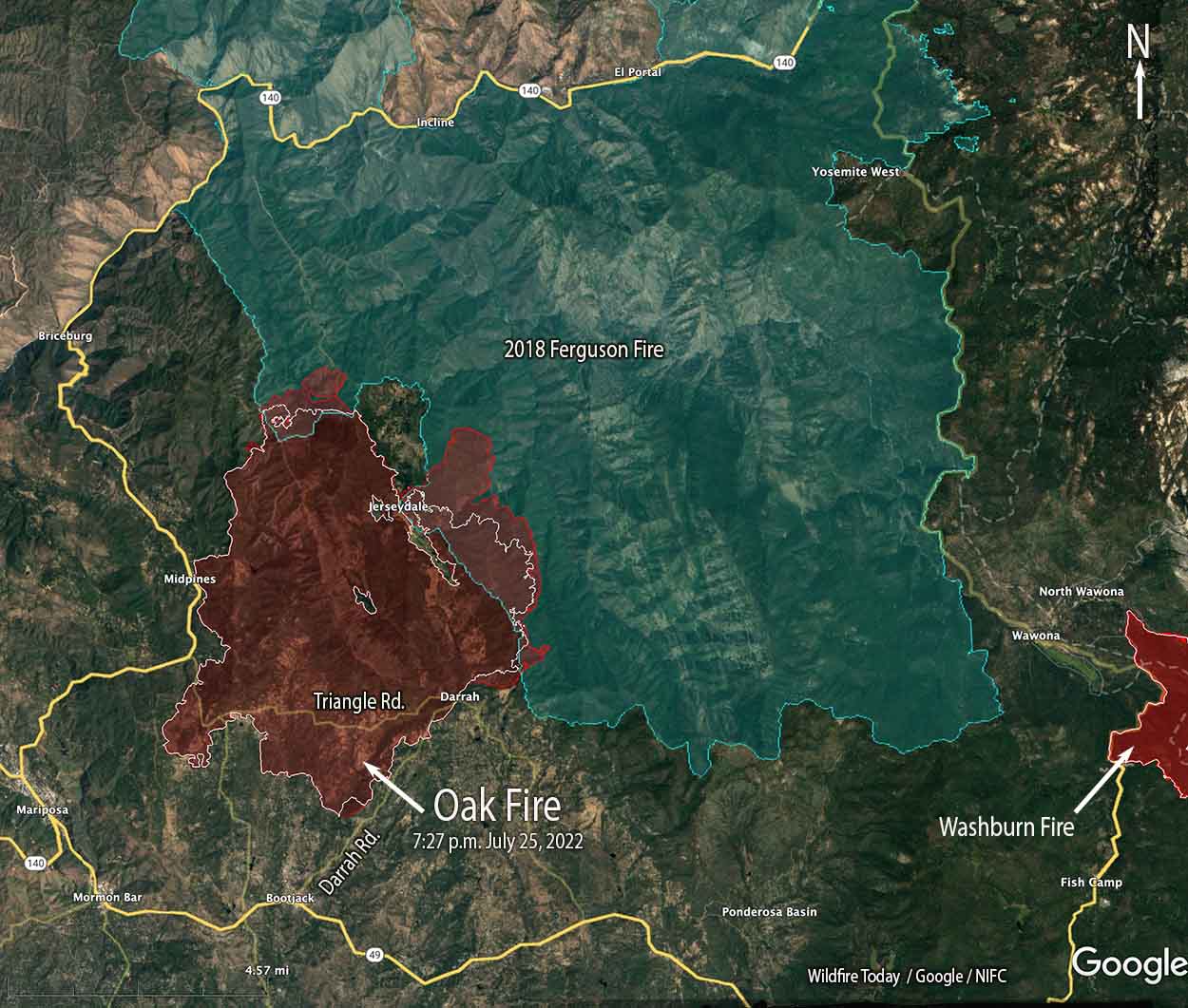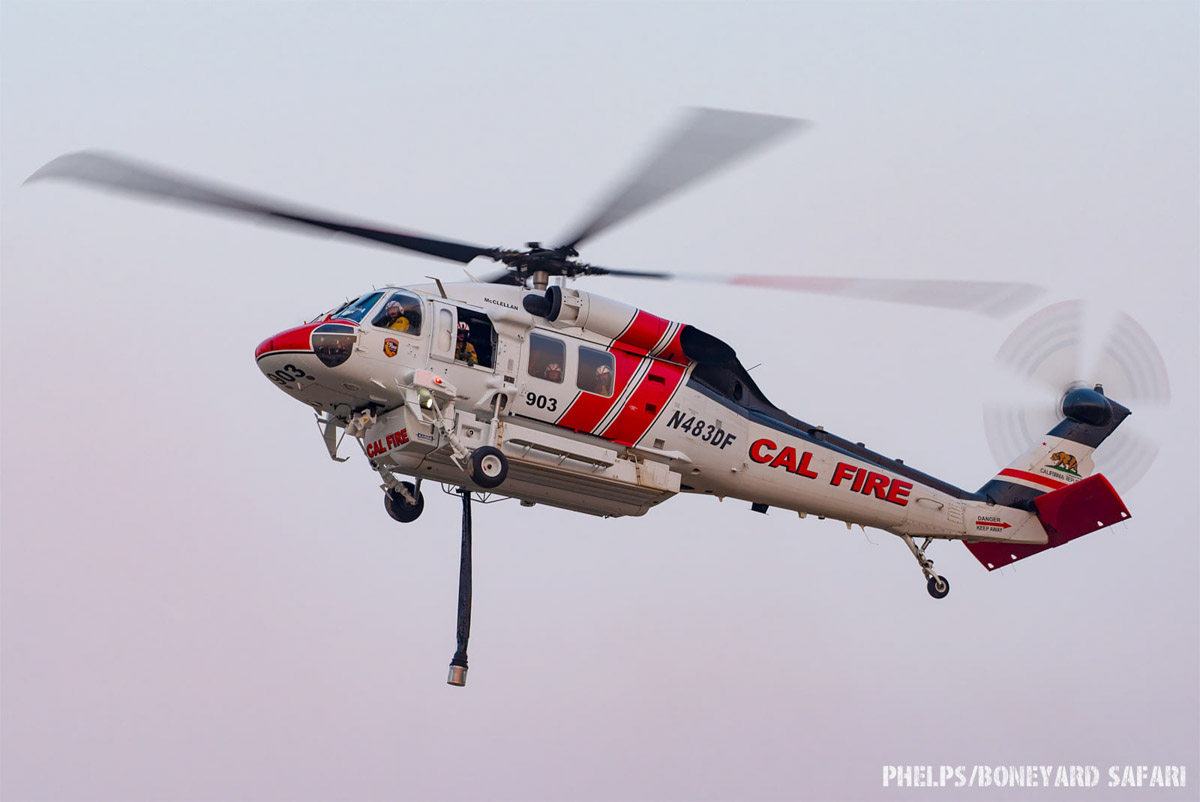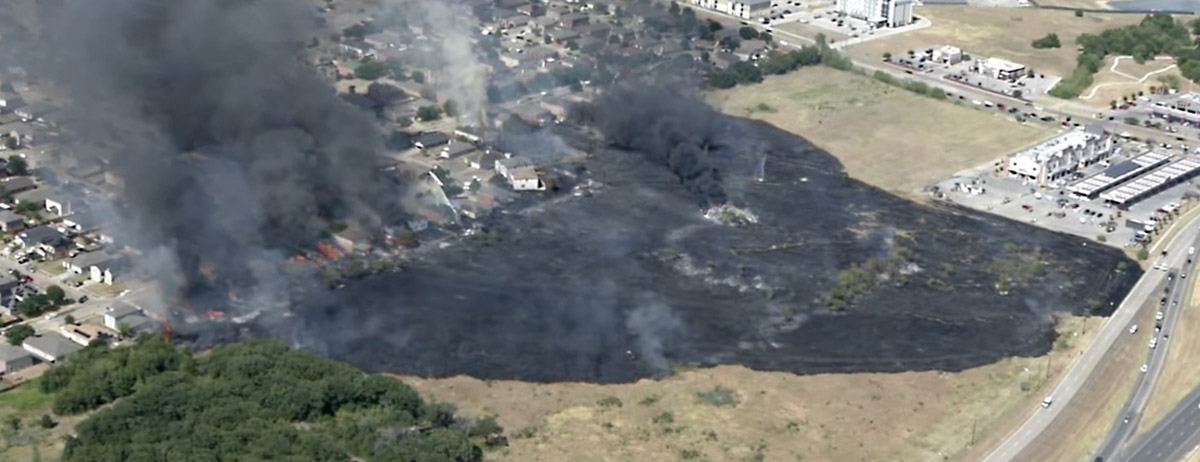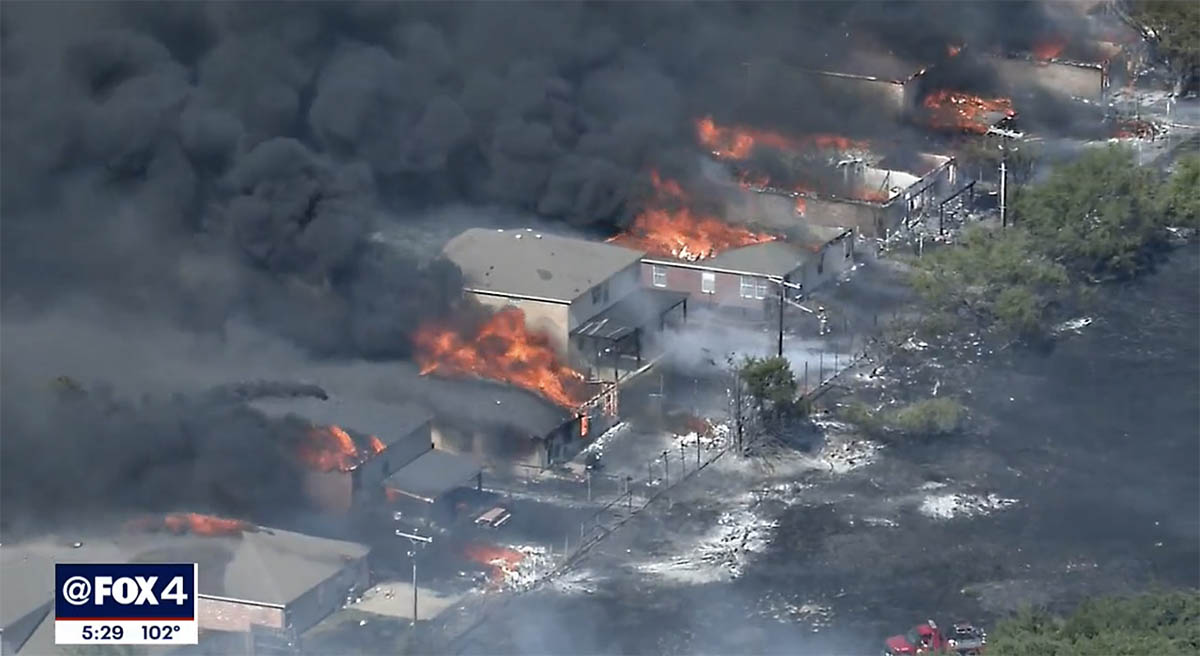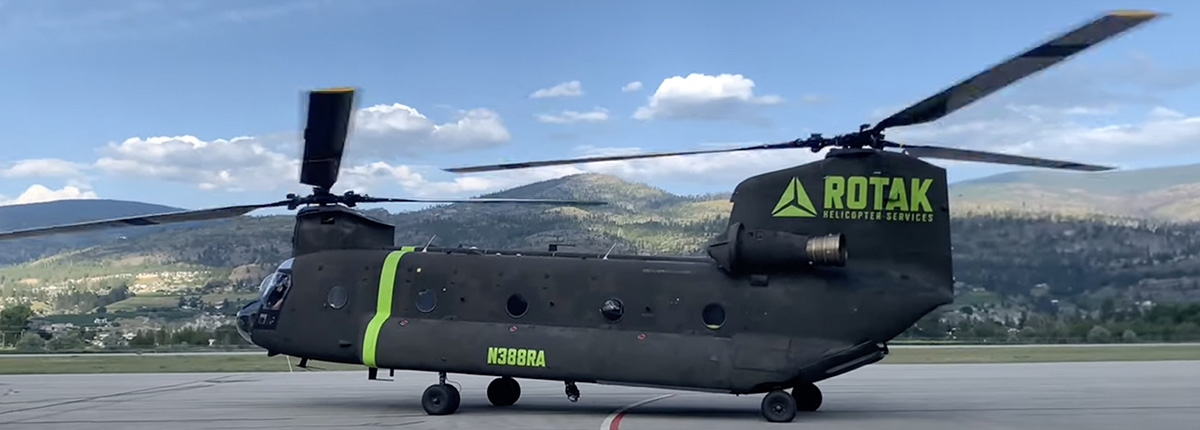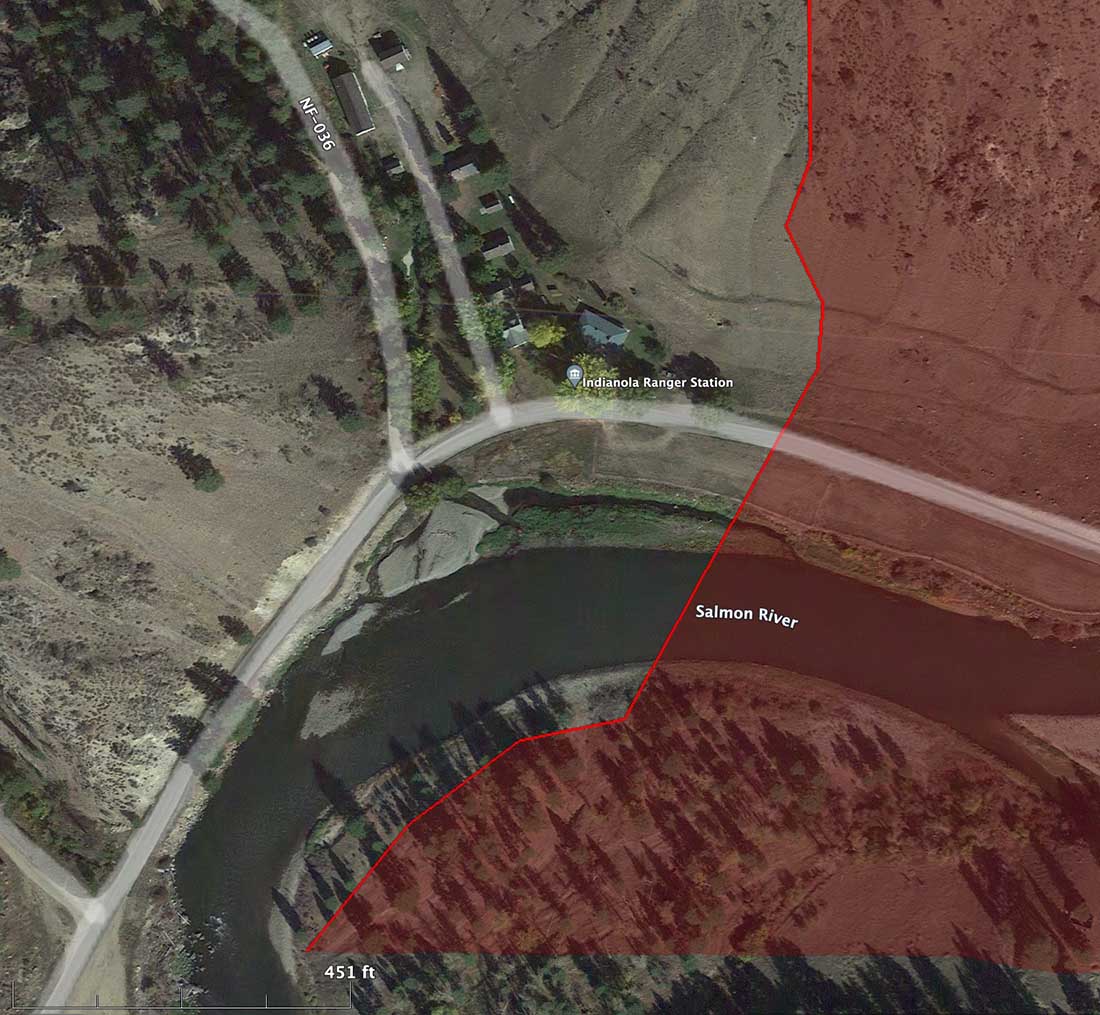Updated at 12:06 p.m. PDT July 27, 2022
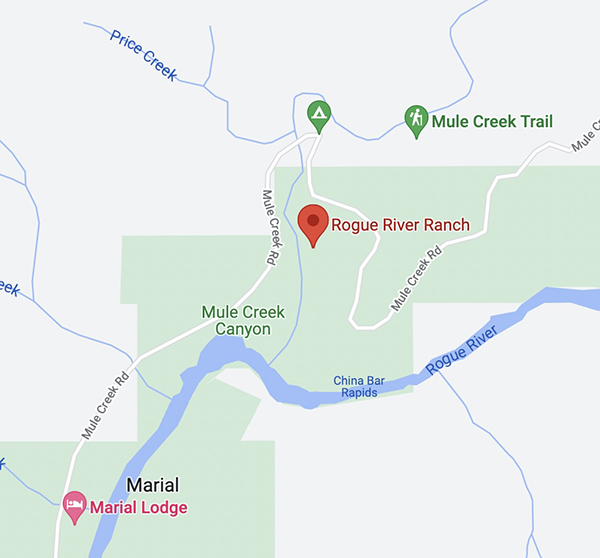
On Monday a Bureau of Land Management employee reported that a man was walking down a road igniting vegetation fires in a remote area about 25 miles northwest of Grants Pass, Oregon.
From the AP:
Ground crews, assisted by local residents, and three helicopters quickly got the two fires under control, Curry County Sheriff John Ward said.
Meanwhile, three local residents located the suspect walking on the road near the fires and detained him.
“It was reported that the suspect became very combative with the three residents and had to be tied to a tree to subdue him.,” Ward said in a statement. “An ambulance crew was asked to respond due to some injuries that the suspect apparently received from falling down.”
Smith was transported to Three Rivers Hospital in Grants Pass and once he was medically cleared, transported by US Forest Service law enforcement to the Curry County Jail and held on Reckless Burning and two counts of First-Degree Arson. There was also a Detention Warrant in effect out of Lane County for probation violation.

????????? ???: We’re responding to a report of a small smoke column north of Marial in Josephine county.
Multiple engines, a water tender, bulldozer and our District Type 3 helicopter with our Helitack crew and 4MM, our severity Type 2 helicopter are en route. pic.twitter.com/ft2VDLCQnz
— ODF Southwest (@swofire) July 25, 2022

